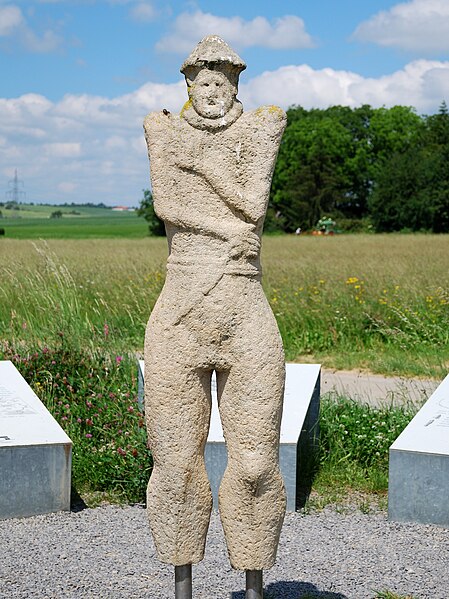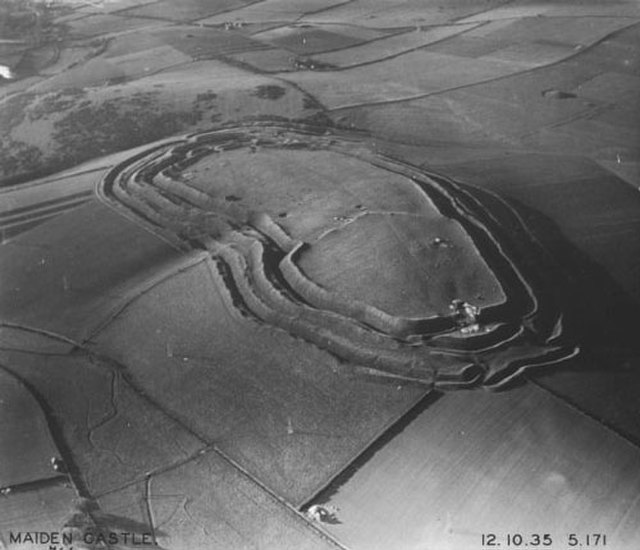Iron Age Scandinavia was the Iron Age, as it unfolded in Scandinavia. It was preceded by the Nordic Bronze Age.
Reconstructed Iron Age hall at Veien, Norway. Roman Iron Age, 1st-2nd century AD.
Lojsta Hall, a 30 x 16 m reconstructed hall from the Germanic Iron Age (Gotland, Sweden)
Women wore sprangs. A reconstructed hairnet from the Pre-Roman Iron Age (Arden Woman, Denmark)
Iron axe head (Gotland, Sweden. Drawing from Nordisk familjebok, 1904–1926)
The Iron Age is the final epoch of the three historical Metal Ages, after the Copper and Bronze Ages. It has also been considered as the final Age of the three-age division starting with prehistory and progressing to protohistory. In this usage, it is preceded by the Stone Age and Bronze Age. These concepts originated for describing Iron Age Europe and the Ancient Near East, but they now include other parts of the Old World.
Willamette Meteorite, the sixth largest in the world, is an iron-nickel meteorite.
Copy of The Warrior of Hirschlanden (German: Krieger von Hirschlanden), a statue of a nude ithyphallic warrior made of sandstone, the oldest known Iron Age life-size anthropomorphic statue north of the Alps.
Maiden Castle, Dorset, England. More than 2,000 Iron Age hillforts are known in Britain.
A sword of the Iron Age Cogotas II culture in Spain.








